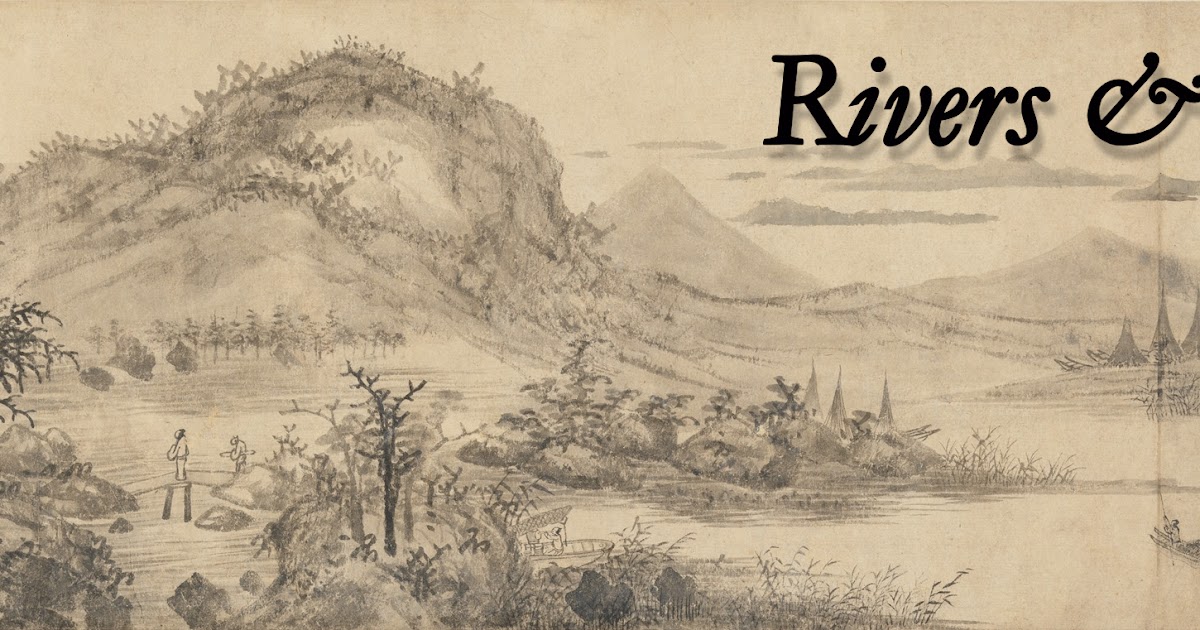SMOOSH JUICE
R&L: Character Sheet and Cheat Sheet

Every player needs a character sheet and a copy of the cheat sheet. Click those links to download them for free. These are, as with everything else in the beta, currently unfinished.
This one was all me. It was the single biggest roadblock of development. I refused to even attempt a playtest until I had a decent draft of the character sheet and cheat sheet to offer my players, which I didn’t end up accomplishing until several years after we began the project. I certainly ought to have prioritized these tasks, but maybe if we had worked on this game like it was a full time job (rather than a side project we pick up every few months) then I could have gotten these done sooner.
Piece of advice: just make a character sheet using Excel or Google Sheets for now. You can always make a proper document later, but a sloppy spreadsheet will make playtesting way easier. Wish I had thought of that sooner. Oops.
The character sheet
This sheet was largely inspired by the one for Ava Islam’s Errant, which itself was designed by emmy verte. I consulted more character sheets than I can count, but I’m not sure any one of them could beat the Errant sheet for readability and appeal. I don’t know how to explain it, but there’s just something that’s so much more inviting about writing in white fields within grey blocks, rather than constraining your writing within harsh black lines and boxes. You can compare their aesthetics below.
Landscape format, obviously. It’s just better, everyone knows that. Inspired by both Errant and Sean McCoy’s Mothership, I also wanted to include plenty of rules on the character sheet. Making crunch easy to reference helps pay for its cost.
One cool thing is that there’s a “combat side” and a “non-combat side.” That’s why there’s some info duplicated across both of them. Hopefully, I separated the information well enough that you shouldn’t find yourself needing to flip the sheet back and forth all the time. Instead, you get just one really cool moment when the GM announces a fight and everyone flips their character sheet over simultaneously. We don’t have the dramatic “roll for initiative” moment that D&D gets, but we have this instead. “Alright everyone, enter ass-kicking mode.”
Let me show off some rough drafts to give you an insight into the creative process for these.
I originally envisioned the sheet as basically a grid. Each column is an element, each row is an application of that element. Really not all that different from the “Elemental Benefits” spread from the core rulebook.
Of course, doing that would take up the whole page, and then there’d be no space left for you to include things like your actual attacks and Kung Fu moves and whatnot. So that’s when I split it between combat and noncombat.
Figuring out the right size for things took me awhile. You may also notice that the original order of the elements was different. In fact, it was my own struggle designing this sheet that led me to insist on the “proper” order we now use everywhere: wood, earth, metal, water, air, fire.
You can also see I had originally intended for the priority chain to be on the character sheet. Struggling to squeeze it in was, if I recall correctly, the original reason I decided to make a separate cheat sheet at all.
Lots of little rule changes can be found in this version. You can see we originally had the mobility types listed under each attack type. I was still trying to make that grid idea work. Even the defense types are “supposed” to fit into the grid format.
The fighting style rules have changed a whole lot over the course of development, so don’t be surprised if you see something weird in a screenshot. I’m thankful the version we ultimately decided on also freed up a lot of space on the character sheet.
Most of the other changes were made based on playtesting. More room needed for info about your favorite attacks. Somewhere to record information about ailments. That sort of thing. I even have a couple more changes planned based on the playtesting that’s been done since the beta release.
Why does this matter? Because I’ve played a lot of games using character sheets that look nice, but clearly weren’t tested. Without seeing proof to the contrary, I bet most of them only ever had a single draft. But this one has been fine-tuned based on what the players have actually needed during play.
The cheat sheet
I view this as essential for playing the game. I feel a bit self-conscious about that, since in my heart I feel like “a good game should be able to stand on its own.” But I once again return to the ol’ crunch criteria: we need to recognize that this kind of support peripheral is a part of the game’s design. It’s only by including something like this that the level of crunch we have becomes viable, and that’s okay.
At first, I was terrified this thing was way too dense. Look at how much text in squeezed onto that page! It’s ridiculous! But throughout playtesting, I have only gotten positive feedback about it. Players rave about this thing, wishing that more games had something like this.
It’s also allowed me to jump into play without forcing my players to read the rulebook first. Almost everyone prefers to learn as they go rather than read a textbook beforehand, but that’s rarely achievable in a crunchy game. This is my cheat code. I’ve onboarded quite a few players by instructing them on only the basics of gameplay, and then watching them gradually “discover” more and more mechanics on their own. Throughout the session, whenever it isn’t their turn to act, I see them skimming the cheat sheet and learning new rules. It’s really cool seeing a player light up and go, “oooh, what’s this Bide action? I think I’ll try this out next turn!”
Once again, I’ll show off some drafts to share my process.
Most of my early ideas were flowchart-based. I thought the cheat sheet would work best if it could guide you through your decision-making process on your turn. And of course, maybe it would make sense to highlight damage-dealing options separately from non-damaging options, right? But I now know that, depending on your Fighting Style, anything and everything could potentially be a damage-dealing option.
Oh wow, I forgot that Aggressive Stunts used to be called “Clever Stunts.” What on earth is “clever” about charging like a bull?
Trying to actually arrange all these elements on the page showed me that I needed to think about the fundamental structure a little more carefully. Although you can see I got the Ailments section more-or-less solved early on.
From that rough version, I then sketched out this platonic ideal form of the flowchart. Outlines nested within outlines.
The first column outlines the overall battle cycle. Next, you take the “players take turns acting” step of that cycle and expand it into the second column, which outlines the turn cycle. Then, you take the “on your turn, you can take one action” step of that cycle and expand it into the third column, which outlines the various actions you can take. After that, you take the “attack action” from that list and expand it into the fourth column, which lists out the many types of attack. Lastly, we return to the turn cycle and expand on the “if you attack a foe, they get to counter” step by devoting the final column to the priority chain.
It all seems so elegant in this version, doesn’t it? Actually writing out the descriptions for each section showed me that the platonic ideal would never be achievable, but I think you can still recognize its basic shape in the final version of the sheet.
The arrows are a pretty desperate effort to retain that “flowchart” ambition, but man do they look bad. I also hoped that I could save space by not including the priority chain, instead conveying its information through the arrangement of the attacks themselves. Priority follows the chain of arrows, see? Yeah, no, that sucks. Scrap it.
I also tried to include the movement rules for a long time. It was a struggle, because they were a bit complicated and finicky back then. But I ultimately realized that they shouldn’t be on the cheat sheet anyway. The rules for movement should be placed on the “memorizable” tier of the crunch criteria hierarchy, not the “easily referenced” tier. There’s plenty of rules in this game you can reasonably keep outside your brain, looking up how they work on a case-by-case basis. But not the movement rules. You need to internalize those rules from pretty much the first turn of the first combat in the game, okay?
Once we create more material for the non-combat parts of the game, I might attempt to make a cheat sheet for those mechanics as well. If so, it would likely go on the back side of the combat cheat sheet, in a parallel to the character sheet.
-Dwiz













